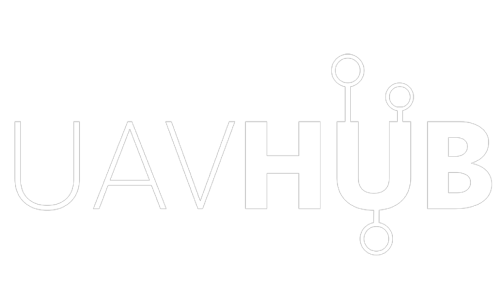“Post-Brexit Medical Certification Issues”
By Dr Chris King
EU and UK approved AME and Medical Director and Head of AeMC Centreline London and Gatwick UK
3rd March 2021.
This article tries to address some of the issues that have arisen post-Brexit in relation to the aviation medical certificatory process.
The Centreline London Aeromedical Centre and Gatwick (www.centrelineaviationmedicalservcies.co.uk) is the only UK Aviation Medical Practice approved by EU (EASA) UK (CAA) and US (FAA) for all classes of UK, EU and US medical certificates.
The interpretation of the regulations by the UK/CAA has always diverged from the EU/EASA and this has been agreed using “Alternative Means of Compliance” or “AltMOCs”. However, since Brexit EU AMEs must follow the certificatory processes of the EU authority which has approved them for all EU medical certificates. For example, in Centreline’s case, by Austro Control (Austria).
This article is designed to give some guidance. The views stated in this article are the current understanding of the EU regulations by Centreline and are not endorsed by EASA, Austria or the UK, who make the final decision.
Hence, this article is for guidance only and has no regulatory approval.
Given that the remaining 27 EU states may interpret the EU regulations differently, it is important that EU license holders clarify their own individual needs and queries with their respective EU regulatory authority.
Listed below are some of the differences Centreline has encountered so far between the interpretation of the regulations by the EU and UK.
This list is by no means exhaustive, and is in no particular order, but may help license holders through the maze of EU medical certification and will be subject to revision over time.
- All licence holders with a UK (GBR) reference number have the UK CAA as their responsible authority (RA) and can have their medical undertaken by a UK CAA approved AME.
- Licence holders with an EU licence (i.e. a non-GBR reference number) will need to have their medical undertaken by an EU approved AME.
- There is still confusion about licence holders who wish to change their licences from EU to UK and vice-versa (SOLI process), about whether this can be done or whether they will require a separate UK or EU initial medical. Check with relevant authority.
- The UK uses some “Alternative Means of Compliance” or “AltMOCs” for some medical conditions. These AltMOCs may not apply to EU licences.
- Please read the EU/EASA regulations on-line: Medical | EASA (europa.eu)
- The EU paperwork is different from the UK paperwork.
- Currently there is no online system for EU AMEs to load medicals. Medical application forms[CR1] are being sent to licence holders to complete electronically. The examination forms are also being completed electronically by Centreline. All relevant paperwork is emailed to the respective authority and scanned into the Centreline medical records system.
- The UK ECG machine software has different standards to the EU requirements. Even though the ECG machine may print “Normal ECG” for the UK standards, this may not apply to the EU. So, all of Centreline’s ECGs are currently being over-read by an Aviation Cardiologist as a default. See EU Part-Med for details.
- Medicals can be undertaken, but certificates are not issued until a satisfactory over-read report of the ECG has been received from the cardiologist (except in exceptional circumstances).
- If any abnormality is discovered, it needs to be discussed with the relevant EU authority and it may mean the pilot is made unfit until they have made their decision, in the light of assessing the related reports.
- If further investigations and reports are required, the certificate still cannot be issued. Only when they are received and are normal can the certificate be issued in discussion with the relevant authority.
- For this reason, Centreline recommends that licence holders make full use of the 45-day revalidation period, to allow time to get any further investigations undertaken, whilst the current medical certificate is valid. This applies for any potential medical issue, not just ECG over-read.
- There is a greater emphasis on mental health. There are separate questionnaires for the pilot and AME to complete (the UK have also begun utilising these forms).
- Licence holders with RXO and SIC limitations will have received a letter from the relevant EU authority with instructions as to how to comply with this limitation. The EU AME may not have a copy of this letter so bring a copy to your medical. If the licence holder has not complied with the instructions in the letter, the certificate cannot be issued. Again, if the medical is undertaken, the certificate cannot be issued without clearance from the relevant EU authority. If you have any queries, check with the relevant authority.
- Sickness management is different. There is not the same leeway as with the UK CAA. There is a lower threshold for making pilots unfit. There is not the same facility to phone and discuss. Authorities may not decide until the reports are received. Given some authorities are very understaffed, the process can potentially take many weeks, if not months.
- Medical certificates can only be issued, signed, and stamped by the approved EU AME. This means that the licence holder generally will not receive their medical certificate on the day of the medical, as all the paperwork must be checked and signed off by the EU approved AME.
- In summary, use the 45-day revalidation period. Check what reports are required and get them done in good time. Any specific queries should be discussed with the respective authority. Be aware you may not receive your medical certificate on the day of your medical.
If you have any individual queries, please email them to initial@amsgatwick.com and we will try to answer them.

